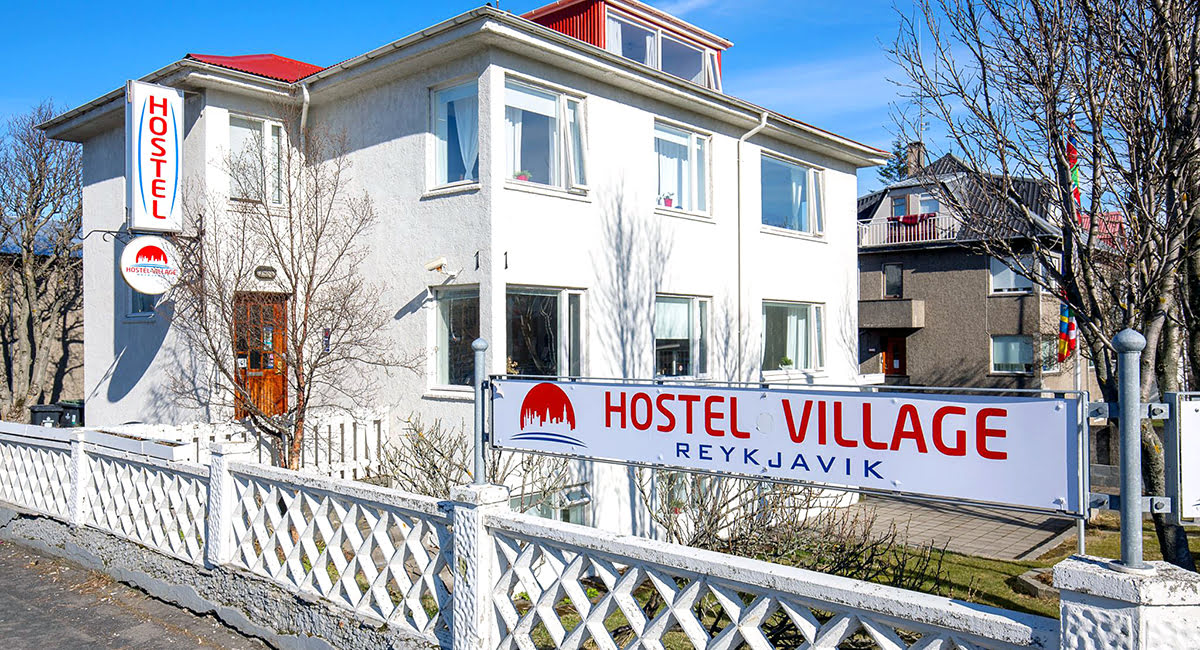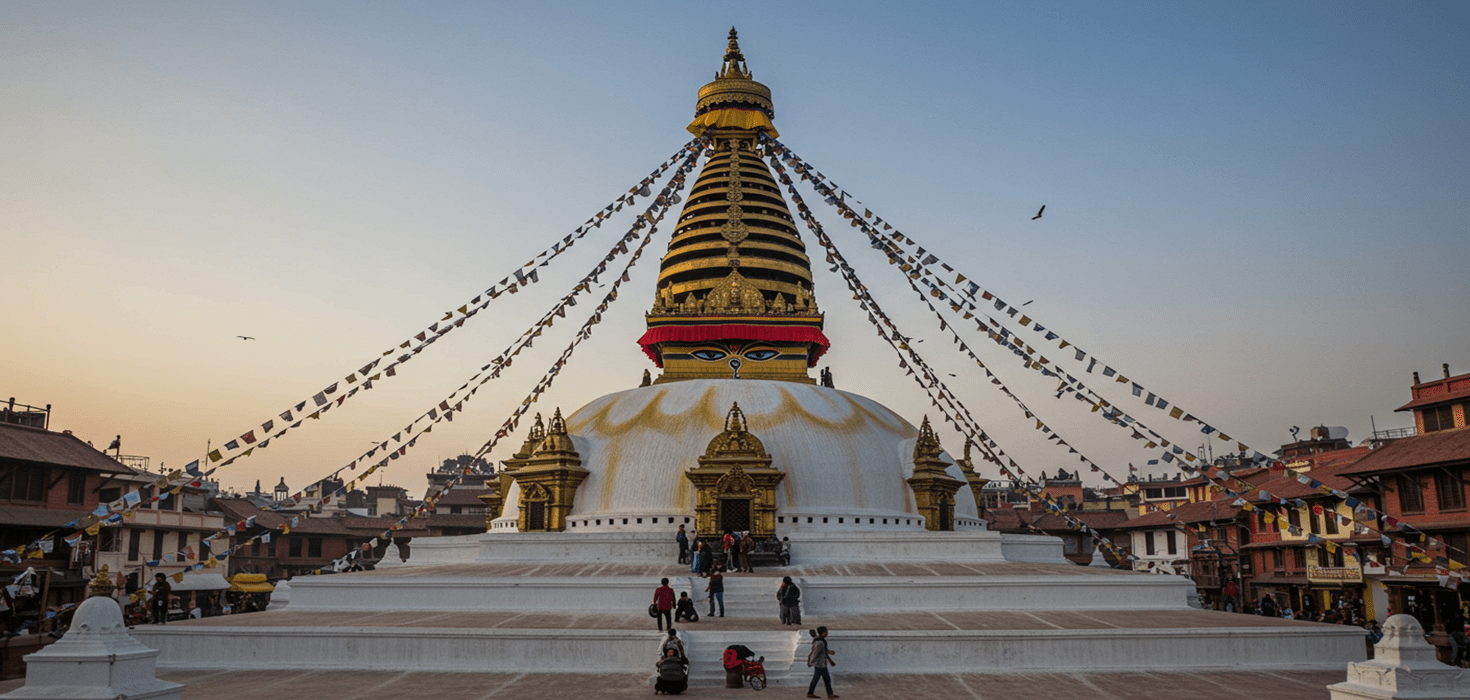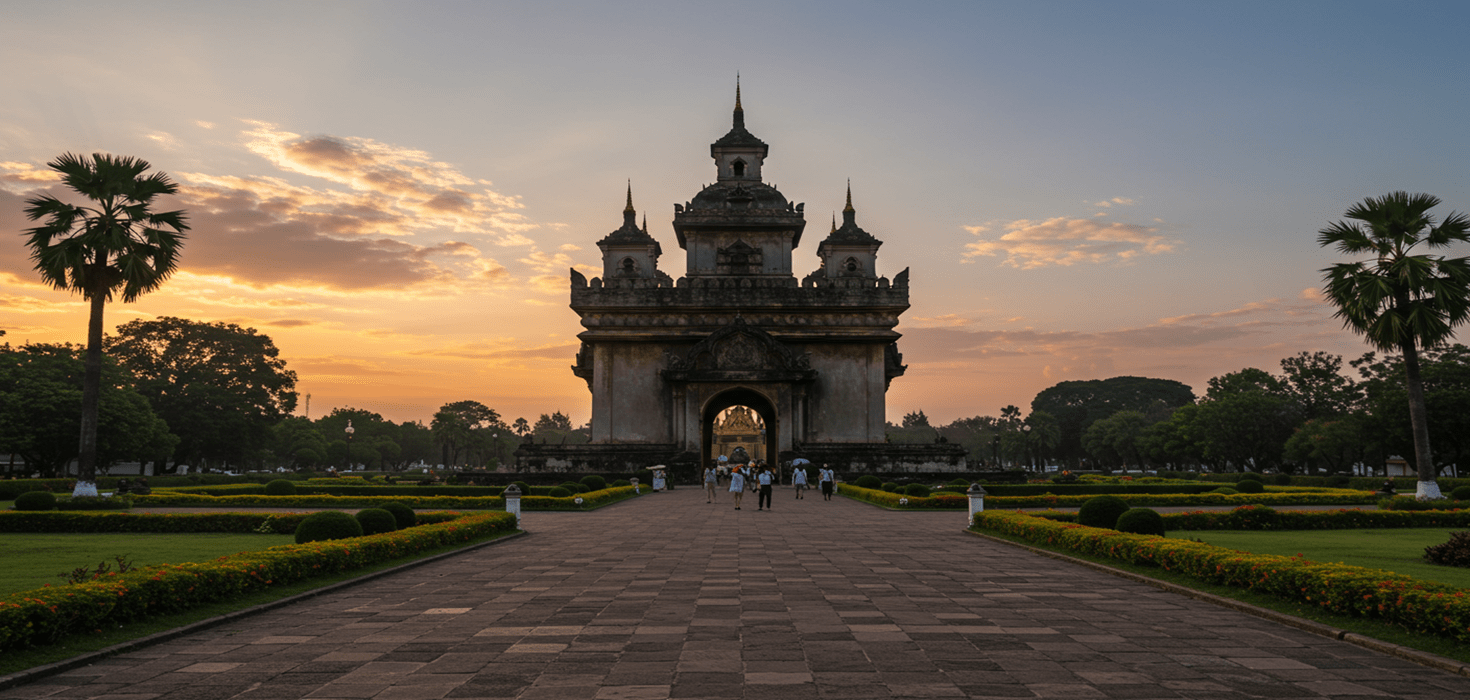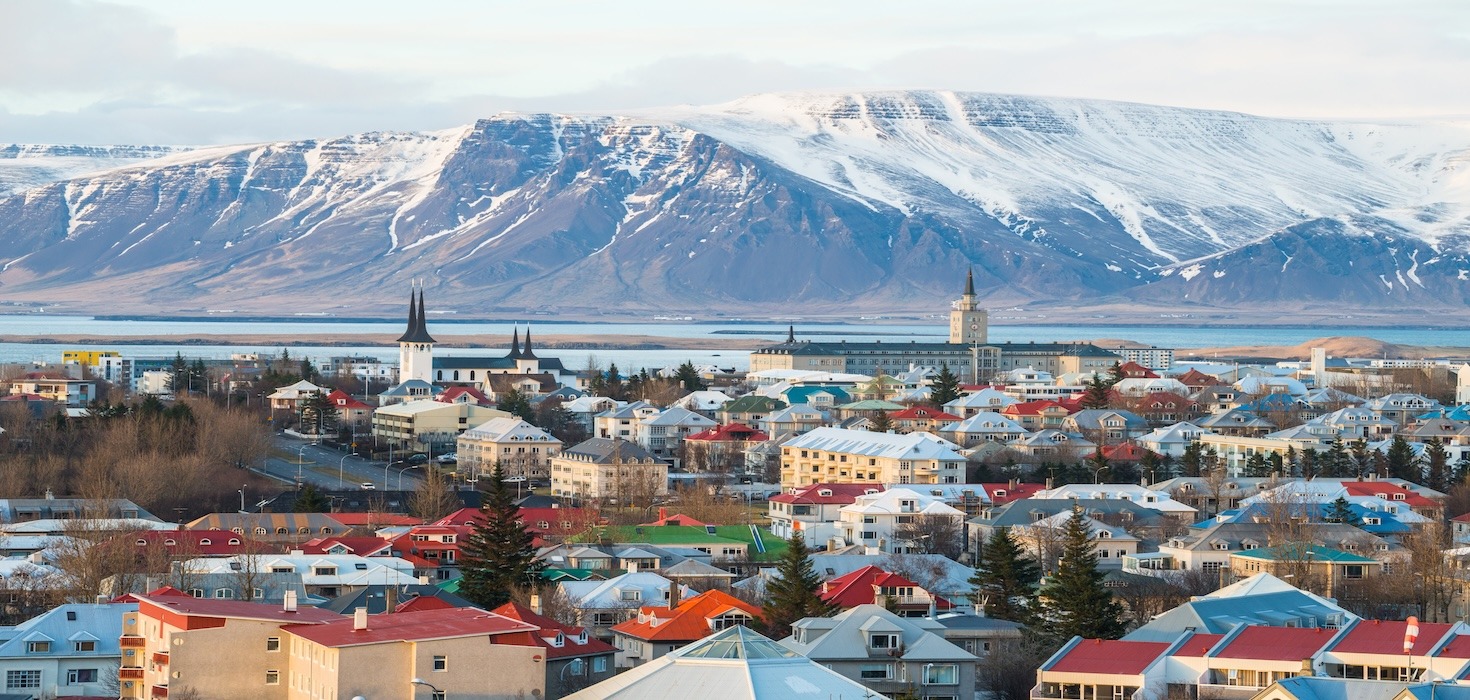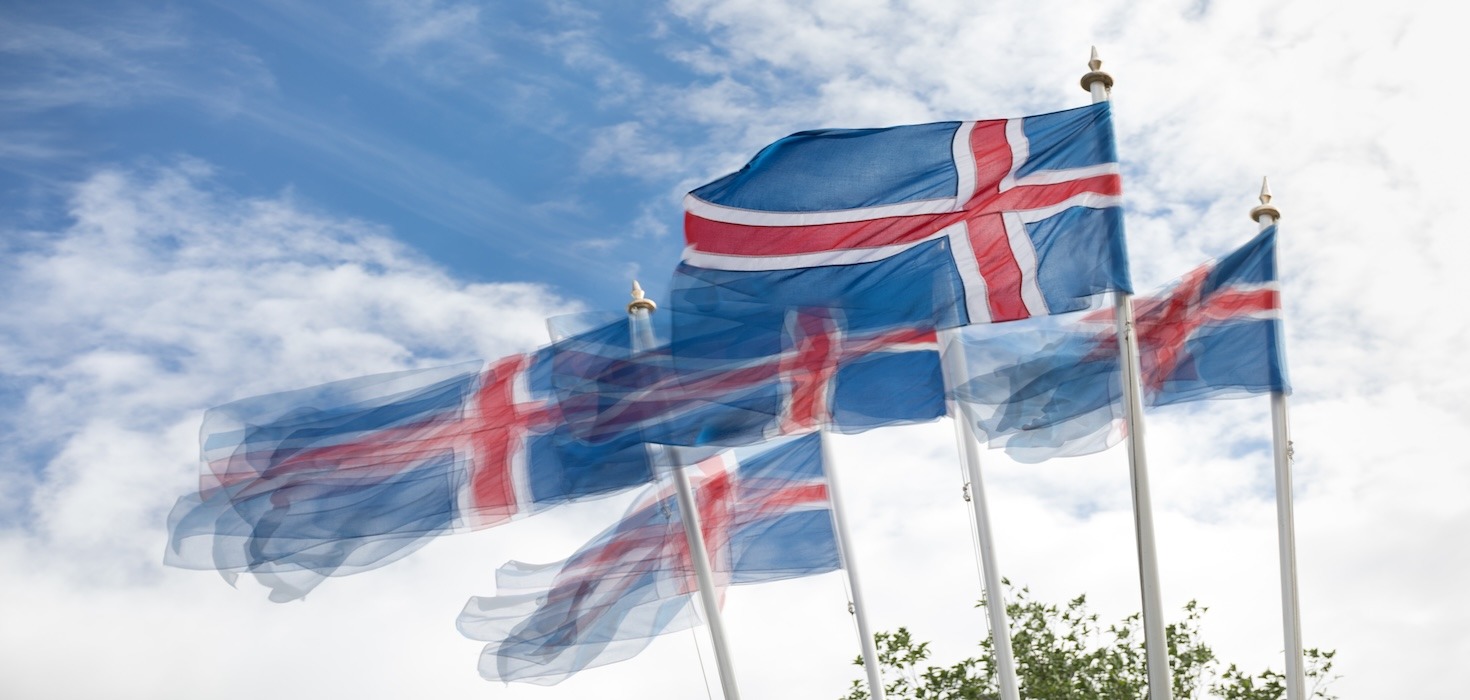Chasing the Northern Lights: A Magical Icelandic Adventure
Picture this: a star-studded sky illuminating the icy landscapes of Iceland, while vibrant ribbons of green, purple, and pink dance above your head. This enchanting display is none other than the Northern Lights, or the Aurora Borealis, a natural wonder that captivates travelers from around the globe. As you stand in awe, surrounded by the serene beauty of Iceland’s wilderness, it’s easy to see why this phenomenon is on so many bucket lists for 2024.
This article will guide you through everything you need to know about experiencing the Northern Lights in Iceland. From the science behind this stunning spectacle to the best times and places for viewing, you’ll be equipped with insider tips and tricks to make your Northern Lights adventure truly unforgettable. So, whether you’re a seasoned aurora chaser or a curious first-timer, get ready to discover the magic of the Northern Lights in Iceland 2024!
Understanding the Northern Lights: The Science Behind the Spectacle
Have you ever wondered what causes the mesmerizing lights that flicker across the night sky? The Northern Lights are a result of solar activity, specifically when charged particles from the sun collide with gases in the Earth’s atmosphere. This interaction creates a stunning display of light, with colors ranging from green to pink to violet, depending on the type of gas involved.
The intensity of the Northern Lights can be influenced by the Kp index, which measures geomagnetic activity. A higher Kp index means a greater likelihood of seeing the lights, especially in areas further from the magnetic poles. For those keen on witnessing this celestial show, keeping an eye on the aurora forecast in Iceland is crucial. Various websites provide real-time updates, allowing you to plan your outings for optimal viewing conditions.
So, what are the best conditions for viewing the Northern Lights? Clear, dark skies away from city lights are essential. The winter months, particularly from September to April, offer the longest nights and the best chances to catch the aurora in all its glory. However, don’t forget to check the weather forecast, as cloudy skies can obscure your view!
Best Time to Experience the Northern Lights in Iceland
If you’re eager to experience the Northern Lights, timing is everything! The prime months for viewing are generally from September to April. During this period, the nights are long and dark, creating the perfect backdrop for the aurora’s dazzling display. While many travelers flock to Iceland in December and January, when the nights are at their longest, you might want to consider visiting in September or March. These months often provide milder weather and fewer crowds, allowing for a more intimate experience with nature.
Keep in mind that visibility can be affected by a variety of factors, including weather conditions and solar activity. Cloudy nights can hinder your chances of seeing the lights, so flexibility in your travel plans can be a game-changer. If you’re in Iceland for several days, consider staying in different locations to maximize your chances of catching the aurora.
For those planning their Iceland winter travel 2024, remember that patience is key. Sometimes, the Northern Lights may not make an appearance on the first night, but don’t be discouraged! The magic of the aurora is worth the wait.
Top Northern Lights Viewing Spots in Iceland
Now that you’re all set with the science and timing, let’s talk about the best places to witness the Northern Lights in Iceland. Picture yourself standing under the dancing lights, surrounded by breathtaking landscapes. Here are some prime spots that promise an unforgettable experience:
Thingvellir National Park
Just a short drive from Reykjavik, Thingvellir National Park is a UNESCO World Heritage Site and a fantastic location for Northern Lights viewing. The park’s rugged terrain and expansive skies provide a stunning backdrop for the aurora. Plus, it’s steeped in history and natural wonders, making it a must-visit during your Iceland adventure. Don’t forget to explore the Silfra fissure, where you can snorkel between tectonic plates during the day!
Jökulsárlón Glacier Lagoon
Imagine icebergs floating serenely in a glacial lagoon while the Northern Lights shimmer above. Jökulsárlón Glacier Lagoon is not only one of the most picturesque spots in Iceland, but it also offers a unique vantage point for the aurora. The contrast of the icy blues and greens with the vibrant lights creates a magical atmosphere. Make sure to bring your camera – this is a sight you’ll want to capture!
Snæfellsnes Peninsula
The Snæfellsnes Peninsula is often referred to as “Iceland in Miniature” for its diverse landscapes, including mountains, lava fields, and charming fishing villages. This area is less crowded than other popular spots, providing a more intimate experience with the Northern Lights. Head to the iconic Kirkjufell mountain, which is often dubbed the most photographed mountain in Iceland, and watch as the aurora dances behind it.
Stokksnes Mountain
For those seeking a more off-the-beaten-path experience, Stokksnes Mountain is a hidden gem. Located in southeast Iceland, this dramatic landscape features black sand beaches and towering mountains. The combination of the rugged terrain and the Northern Lights creates a stunning visual spectacle. Plus, the area is relatively quiet, so you can enjoy the aurora in peace.
When planning your Northern Lights adventure, keep in mind that avoiding light pollution is key. The further you are from city lights, the better your chances of witnessing the aurora in all its glory. Consider joining a guided tour for expert insights and transportation to these prime viewing locations.
Capturing the Magic: Northern Lights Photography Tips
Ready to capture the Northern Lights in all their glory? Whether you’re a budding photographer or a seasoned pro, these tips will help you snap stunning shots of the aurora:
Gear Recommendations
First things first, make sure you have the right gear! A DSLR or mirrorless camera with manual settings is ideal for photographing the Northern Lights. Pair it with a sturdy tripod to keep your camera steady during long exposure shots. Don’t forget to bring extra batteries, as the cold can drain them quickly!
Camera Settings
When it comes to settings, start with a wide aperture (f/2.8 or lower) to let in as much light as possible. Set your ISO between 800 and 3200, depending on the brightness of the aurora. A shutter speed of 5 to 20 seconds is usually a good starting point, but feel free to experiment to capture the perfect shot. Don’t forget to focus on the stars, as autofocus can struggle in low light!
Composition Techniques
Composition is key to a great photo. Incorporate interesting foreground elements like trees, mountains, or lakes to add depth to your shots. Try different angles and perspectives to find the most captivating view. And remember, patience is your best friend! The Northern Lights can be unpredictable, so take your time and enjoy the experience while you wait for the perfect moment.
After capturing those breathtaking images, consider sharing them on social media or printing them as keepsakes from your Icelandic adventure. Don’t forget to tag your friends and family – they’ll be in awe of your stunning Northern Lights photos!
Detailed Day-by-Day Itinerary for Your Northern Lights Adventure
Planning your trip to see the Northern Lights? Here’s a week-long itinerary that balances adventure, culture, and relaxation, ensuring you make the most of your Icelandic experience:
Day 1: Arrival in Reykjavik
Welcome to Iceland! After settling into your accommodation, take a leisurely stroll around Reykjavik. Visit the iconic Hallgrímskirkja church for panoramic views of the city. In the evening, indulge in some local cuisine at a cozy restaurant and prepare for your first night of aurora hunting!
Day 2: Golden Circle Tour
Today, embark on the famous Golden Circle tour, which includes Þingvellir National Park, Geysir geothermal area, and Gullfoss waterfall. After a day of exploring, find a good spot for Northern Lights viewing. Consider joining a guided tour to enhance your experience!
Day 3: South Coast Adventure
Head to Iceland’s stunning South Coast, where you can visit Seljalandsfoss and Skógafoss waterfalls. Don’t miss the black sand beaches of Reynisfjara. As night falls, seek out a dark area for another chance to see the Northern Lights.
Day 4: Glacier Hiking and Northern Lights Tour
Put on your hiking boots for an unforgettable glacier hike on Sólheimajökull glacier. After an exhilarating day, join a guided Northern Lights tour for expert guidance and transportation to prime viewing spots.
Day 5: Relaxation at the Blue Lagoon
After all that adventure, treat yourself to a day of relaxation at the Blue Lagoon. Soak in the geothermal waters and enjoy a rejuvenating spa treatment. In the evening, head out for one last chance to catch the aurora.
Day 6: Snæfellsnes Peninsula Exploration
Explore the beautiful Snæfellsnes Peninsula, visiting charming fishing villages and breathtaking landscapes. Keep an eye out for the Northern Lights as you wander through this stunning area. Capture the moment with your camera and enjoy the tranquility of the surroundings.
Day 7: Departure with Final Northern Lights Chase
Before you head home, take one last opportunity to chase the Northern Lights. Depending on your flight schedule, you might even catch a glimpse of the aurora one last time. Reflect on your incredible Icelandic adventure and start planning your next trip!
Culinary Deep Dive: Icelandic Flavors to Savor During Your Trip
No trip to Iceland is complete without indulging in its unique culinary delights. Here are some traditional dishes you must try while soaking in the Northern Lights:
Hákarl
For the adventurous eater, Hákarl is a must-try. This fermented shark dish has a distinct flavor that’s an acquired taste. Pair it with a shot of Brennivín, Icelandic schnapps, for an authentic experience!
Plokkfiskur
Craving comfort food? Plokkfiskur, a traditional fish stew made with cod or haddock, potatoes, and béchamel sauce, is the perfect choice. It’s hearty, warm, and delicious – ideal after a chilly night of Northern Lights viewing!
Local Restaurants
For a true taste of Iceland, check out local favorites like Þrír Frakkar in Reykjavik for fresh seafood or Grillmarkaðurinn for a modern twist on traditional dishes. Enjoy the cozy atmosphere and friendly service while savoring the flavors of Iceland.
Festivals and Events to Enhance Your Northern Lights Experience
Visiting during the Northern Lights season? You’re in luck! Iceland hosts several festivals and events that add to the magical experience:
Winter Lights Festival
The Winter Lights Festival in Reykjavik celebrates the beauty of winter with art installations, cultural events, and, of course, the Northern Lights. This vibrant festival usually takes place in February and is a fantastic way to immerse yourself in Icelandic culture.
Local Markets
Don’t miss the chance to explore local markets, where you can find unique handicrafts, delicious street food, and warm drinks. These markets often feature live music and entertainment, creating a festive atmosphere that complements your Northern Lights adventure.
Practical Information for Travelers: Tips and Safety Guidelines
As you prepare for your Icelandic adventure, here are some essential tips to ensure a safe and enjoyable experience:
Weather Conditions
Iceland’s winter weather can be unpredictable, so dressing in layers is key. Choose waterproof and windproof outer layers, and don’t forget thermal base layers to keep you warm. Sturdy, insulated boots are a must for exploring icy terrains.
Safety Tips for Winter Activities
When engaging in winter activities, always prioritize safety. Follow local guidelines, stay on marked paths, and be cautious of changing weather conditions. If you’re heading out for Northern Lights viewing, bring a flashlight and inform someone about your plans.
Transportation Options for Your Icelandic Adventure
Getting around Iceland can be part of the adventure! Here are some transportation options to consider:
Car Rentals
Renting a car gives you the freedom to explore at your own pace. Choose a 4×4 vehicle for optimal handling on icy roads, and don’t forget to check road conditions before heading out. This way, you can chase the Northern Lights without restrictions!
Guided Tours
If you prefer a hassle-free experience, consider joining guided tours that focus on Northern Lights viewing. These tours often include transportation to the best spots and knowledgeable guides who can enhance your experience with insights about the aurora.
Seasonal Travel Insights: What to Expect in Winter
Winter in Iceland is a magical time, but it comes with its own set of challenges. Here’s what to expect:
Weather Patterns
Temperatures can vary widely, so be prepared for both chilly and milder days. Expect daylight hours to be limited, with only a few hours of sunlight, but this also means longer nights for Northern Lights viewing!
Adjusting Travel Plans
Flexibility is key! If the weather isn’t cooperating, consider adjusting your itinerary to explore indoor attractions like museums or geothermal spas. These experiences can add a unique touch to your trip while you wait for the skies to clear.
Commonly Asked Questions (FAQs) About the Northern Lights in Iceland
As you plan your Northern Lights adventure, here are some frequently asked questions to help guide your trip:
What is the best time to see the Northern Lights in Iceland?
The prime time for viewing the Northern Lights is from September to April, with the best chances during the darkest months of winter.
Do I need to book a tour to see the Northern Lights?
While guided tours can enhance your experience, you can also chase the Northern Lights independently. Just make sure to find dark areas away from city lights!
Can I see the Northern Lights in Reykjavik?
Yes, you can see the Northern Lights from Reykjavik, but for the best experience, venture to darker areas outside the city.
Fun Facts About the Northern Lights and Icelandic Culture
Did you know that the Northern Lights have a special place in Icelandic folklore? Here are some fun facts to enrich your knowledge:
Icelandic Folklore
In Icelandic culture, the aurora is often associated with various myths, including the belief that pregnant women should avoid the lights, as they could potentially affect the health of their babies. These fascinating tales add a layer of intrigue to your Northern Lights experience!
Natural Wonders
Iceland is home to countless natural wonders, from geysers to volcanoes. The Northern Lights are just one of the many breathtaking sights you can encounter during your adventure. Keep your eyes peeled for wildlife, geothermal springs, and stunning landscapes as you explore!
Sustainability and Conservation Focus in Iceland
As you enjoy the beauty of the Northern Lights, it’s important to be mindful of the environment. Here are some tips for responsible travel:
Outdoor Activities
Engage in sustainable outdoor activities, such as hiking and birdwatching, while respecting wildlife and natural habitats. Stick to marked trails and avoid disturbing the delicate ecosystems.
Minimizing Environmental Impact
When participating in Northern Lights tours, choose operators who prioritize eco-friendly practices. Consider carpooling or using public transport to reduce your carbon footprint during your Icelandic adventure.
With all this information at your fingertips, you’re ready to embark on your Northern Lights adventure in Iceland! From breathtaking landscapes to delicious cuisine, this magical country has so much to offer. So grab your camera, bundle up, and get ready to chase the aurora borealis in 2024!

